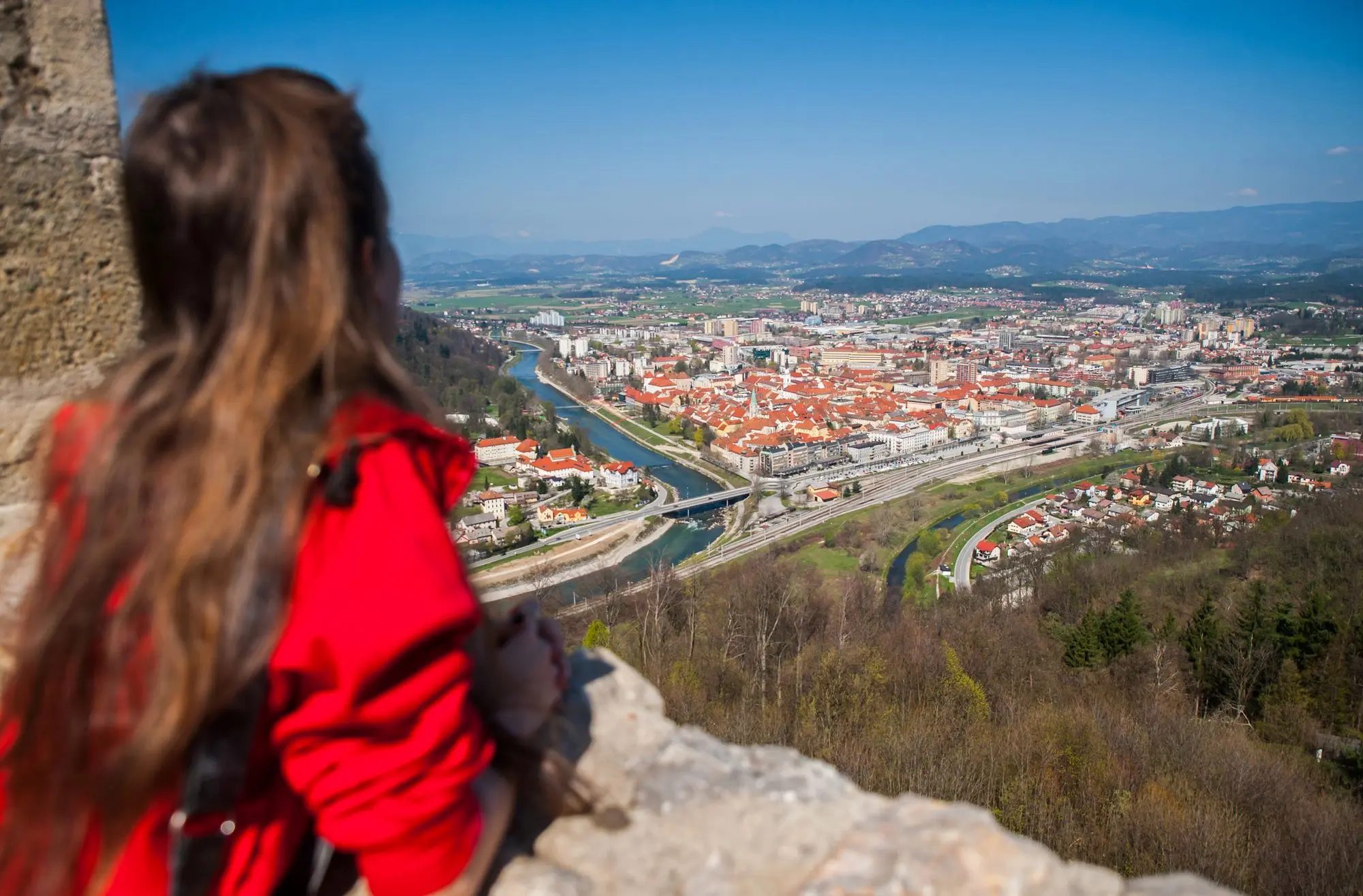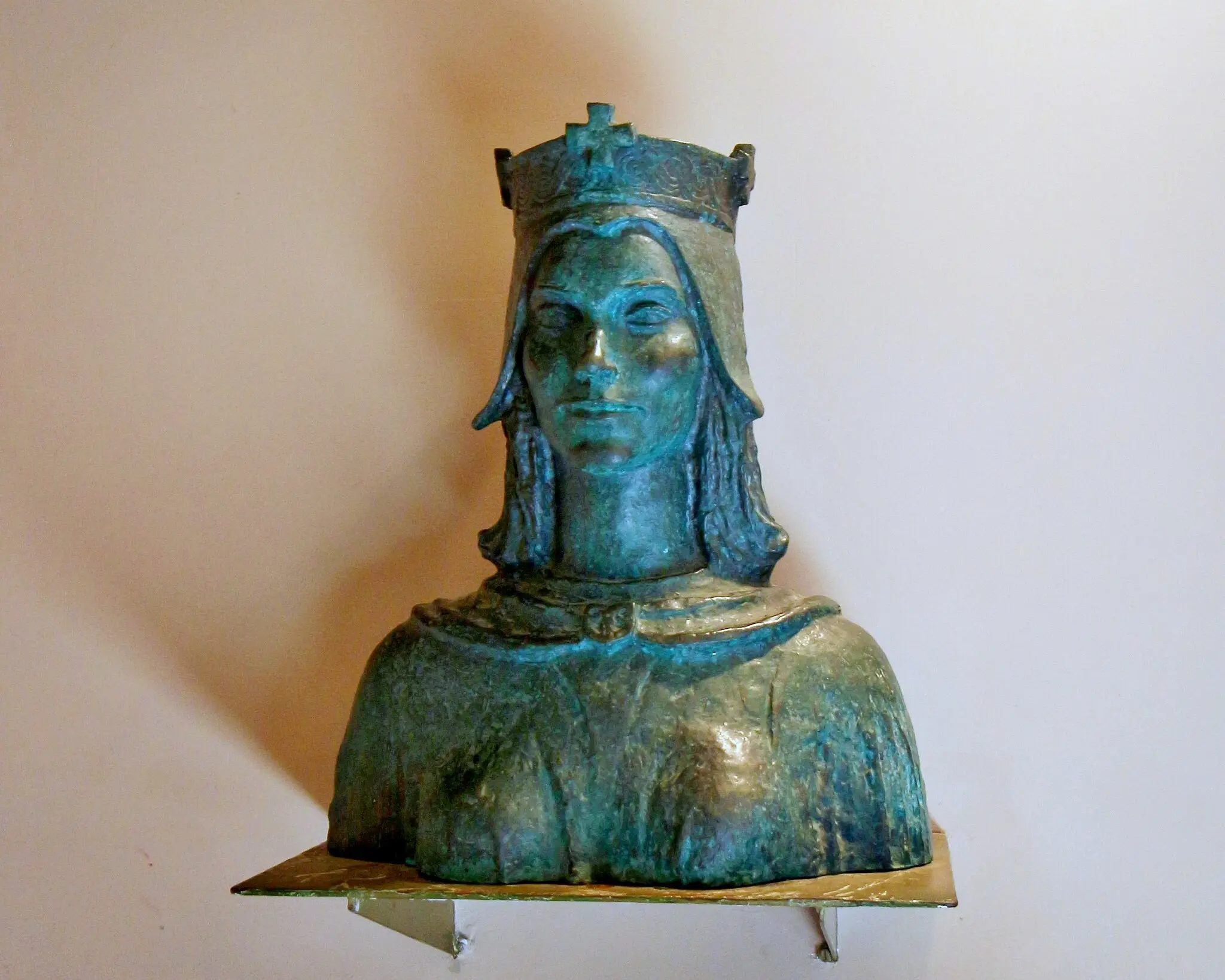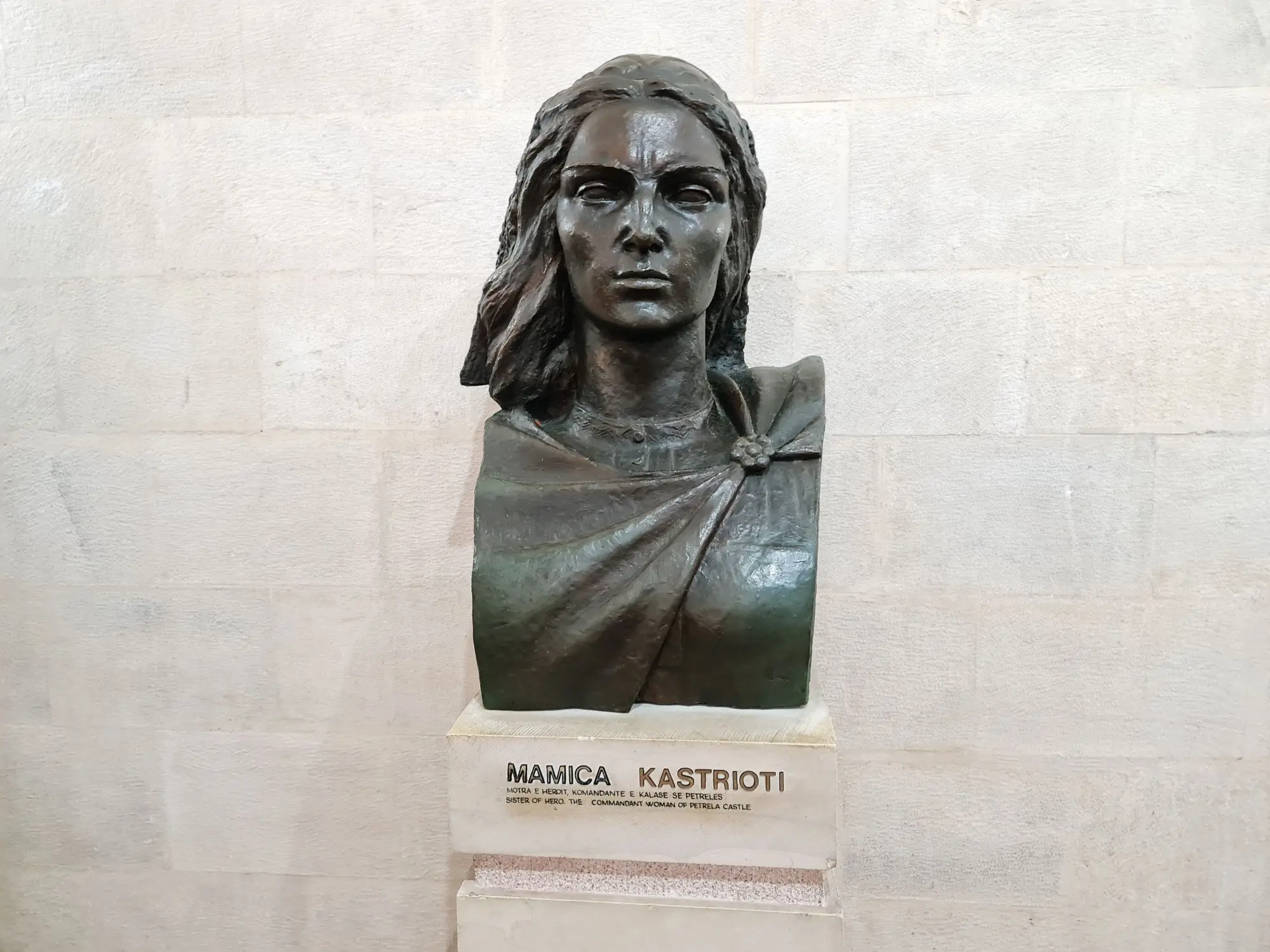From Celje to Naples! These women shaped the medieval history of the Adria region!
The Middle Ages in the region we today call Adria, encompassing present-day Slovenia, Croatia, Bosnia and Herzegovina, Montenegro, Albania, and Italy, was a period of constant political upheaval and cultural transformation. This was an era in which empires clashed and vanished, crusading armies overlapped with Ottoman incursions, and Frankish knights, Byzantine diplomats, Venetian merchants, and sultans all moved through the same contested lands. Throughout that millennium, from 500 to 1500, kingdoms, principalities, and city-republics rose and fell, each bringing with them their wars, conspiracies, and shifts in power.
As is so often the case in stories about fortresses, old towns, and battles, historical narratives tend to revolve around kings, dukes, and commanders, men whose names dominate legends, textbooks, and inscriptions. Yet little is said about the quiet but powerful force behind many of these so-called great rulers: a lineage of women, queens, sovereigns, noblewomen, and widows, who did more than share beds or seal marriages. They forged political alliances, safeguarded dynasties, negotiated pacts, founded monasteries, rescued heirs, and sometimes seized power themselves.
Their roles were not always formalized through crowns, and they often remained in the shadows of official records, but their influence outlived their reigns. Their decisions altered the course of dynasties, shaped religious directions, and redrew territorial boundaries. And so, when we speak of the Middle Ages in this region, it is time we also speak of the women who, whether their voices were recorded or only whispered about, ruled.

Old town Celje, Photo: MaticStojs, Depositphotos
In Slovenia, although there was never an independent medieval kingdom, several women left an indelible mark on the spiritual and political fabric of the land. Hema of Carinthia (Gurk), also known as Saint Emma, was a noblewoman of high standing in the Karantanian elite who, through her estates and ecclesiastical endowments, laid the foundations for what would become key spiritual and cultural pillars of the region. She acted as a bridge between the local people and the emperor, a female pillar of social stability.
According to legend, Veronika of Desinice was the wife of Frederick of Celje, whose forbidden love triggered internal family conflicts and ultimately led to her execution. Although historical records about her death are scarce, she is still remembered in popular tradition as a symbol of tragic love and courtly injustice.
Throughout medieval Bosnia, queens not only stood beside kings, they ruled in their own right. Jelena Gruba, after the death of King Stjepan Dabiša, ascended the throne as the only woman to rule Bosnia independently. In the turbulent years leading up to the kingdom’s fall, Katarina Kosača-Kotromanić became queen consort, and later, queen in exile. She remained politically active even after losing her husband, throne, and children. In Rome, she lived as a sovereign without a country, holding on to an unwavering hope for return. Marija Branković, the last queen of Bosnia and wife of King Stjepan Tomašević, stood as a quiet witness to the kingdom’s final collapse; her name remains tied to its fall, but also to a dignity that did not fade even in the shadow of ruin.

Queen Katarina Korača Kotromanić Photo: Vrtleska225 CC BY-SA 3.0
In Croatia, queens appear as early as the 10th century, when Jelena Slavna left one of the most important inscriptions of Croatian statehood in the Church of St. Mary in Solin. She was the wife of King Mihajlo Krešimir II, but also a ruler in her own right, who built churches, donated land, and acted as a quiet architect of Croatian stability.
In later folk tradition, Jelena Lijepa is portrayed as a woman whose influence was decisive for the fate of King Zvonimir and Croatia’s transition under Hungarian rule, although historical confirmation of such events is lacking. Toward the end of the period, Marija of Hungary holds an exceptional status, as the only woman crowned as “king” of Hungary and Croatia; her rule during a time of civil war was highly significant, and it was not symbolic; it was real.
In the Montenegrin region, during the time of Duklja and later Zeta, women operated within the frameworks of powerful dynasties. Neda of Duklja, the wife of King Vojislav, is mentioned in the Chronicle of the Priest of Duklja as a woman who assumed responsibility for the throne during a politically delicate moment, although her historical role is more legendary than verified.
An even more striking legacy was left by Jelena of Anjou, of French origin, wife of King Uroš I. After his death, she ruled Zeta as a dowager princess and was a leading patron of cultural and ecclesiastical flourishing in the region. Her influence was felt across generations.

Jelena Slavna, Photo: VitVit, CC BY-SA 4.0
The Albanian female rulers, although most often without the formal title of queen, were key figures in political resistance and the diplomatic network against the Ottomans. Donika Arianiti, the wife of Skanderbeg, took on the role of political ally and advocate of Albanian resistance in Naples after his death. Although historical records are scarce, in Albanian tradition, Voisava Tripalda Kastrioti, Skanderbeg’s mother, is remembered as a symbol of moral strength and maternal courage. Her daughter, Mamicë Kastrioti, through a strategic marriage to a member of the noble Spani family, became part of a political alliance between Albanian aristocrats, and in folk memory, she remains known as a proud and loyal sister who upheld the family’s honor during times of Ottoman pressure.
In the southern Albanian principalities, Helena Thopia and Komita Muzaka are mentioned in Venetian and local sources as women who ruled territories in their own right, balancing between great powers and preserving local autonomy.
In Italy, the only country in the region with a series of formal kingdoms, we find women who rule with full authority. Joanna I of Naples was a political and cultural figure who maintained ties with popes, kingdoms, and city-states, but also fell victim to her power, murdered amid dynastic unrest. Joanna II continued her legacy of rule and political maneuvering during a time rife with intrigue and internal divisions. Matilda of Tuscany, although never a queen, was a woman feared by emperors and revered by popes; her influence in the Investiture Controversy marked a pivotal shift in the balance of power between Rome and the empire. And finally, Marozia cannot be overlooked, a Roman noblewoman who, in the 10th century, operated behind the scenes of the Papal State, remembered in history in equal measure for her political power and controversy.
The history of the Adria region in the Middle Ages may have been written by the pens of men, but it was also shaped by the hands of women. Some of them wore crowns, others held the keys to monasteries or lived on through folk legends. But what they all had in common is that none of them were merely “the king’s wife.” They were political players, spiritual patrons, cultural benefactors, and, very often, the last line of defense for an entire order. Without them, the history of the region would simply be incomplete.




Leave a Reply